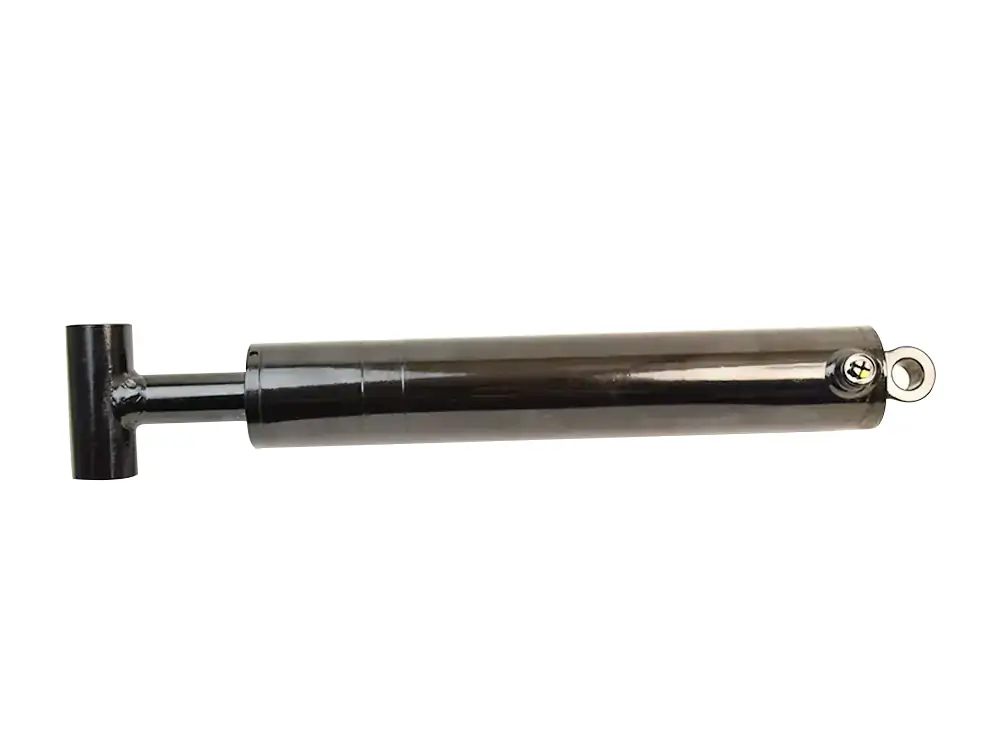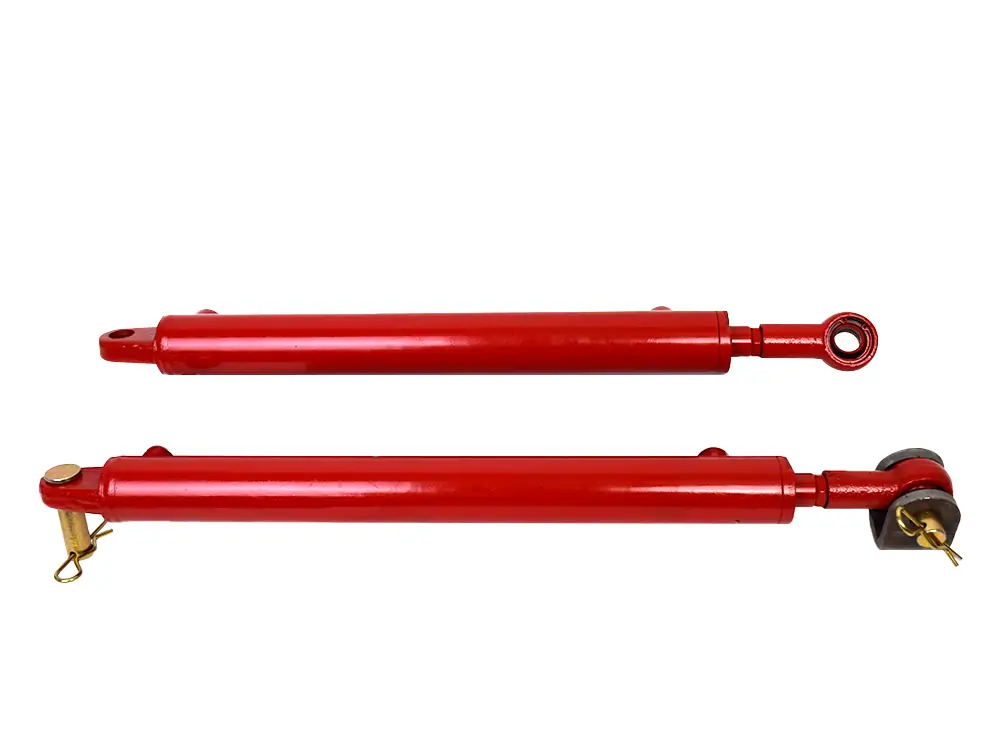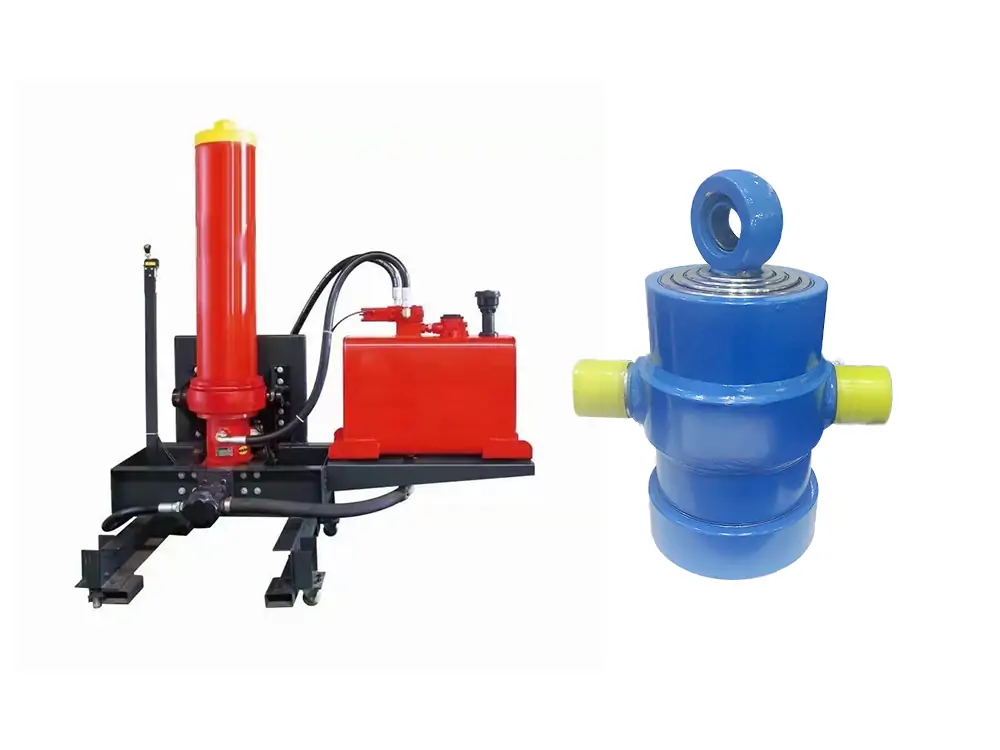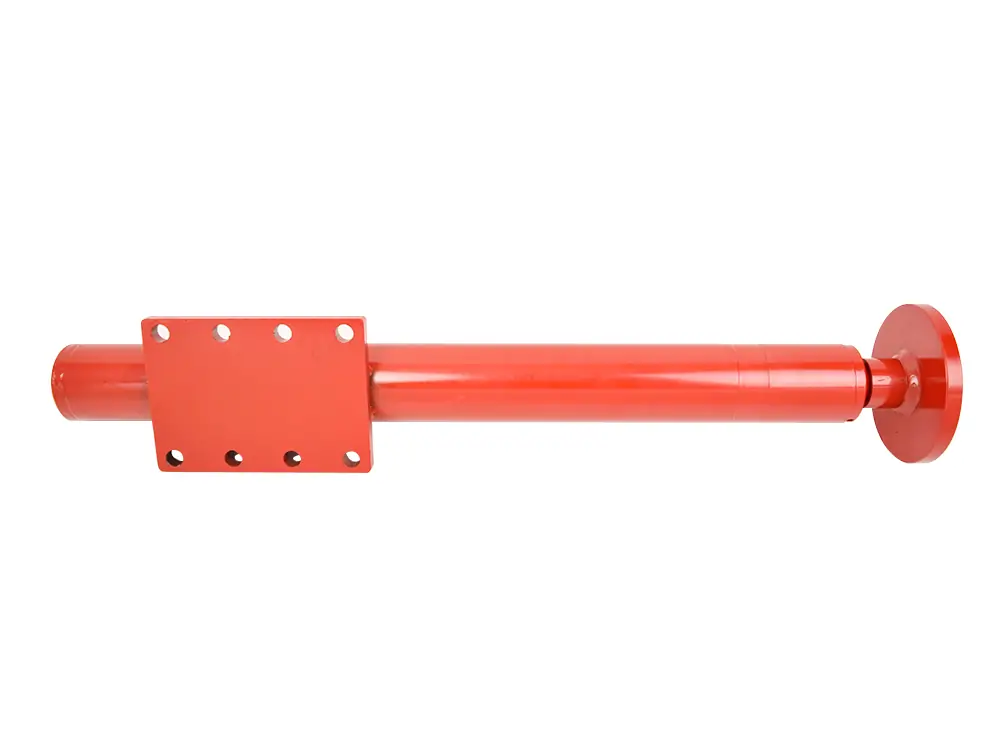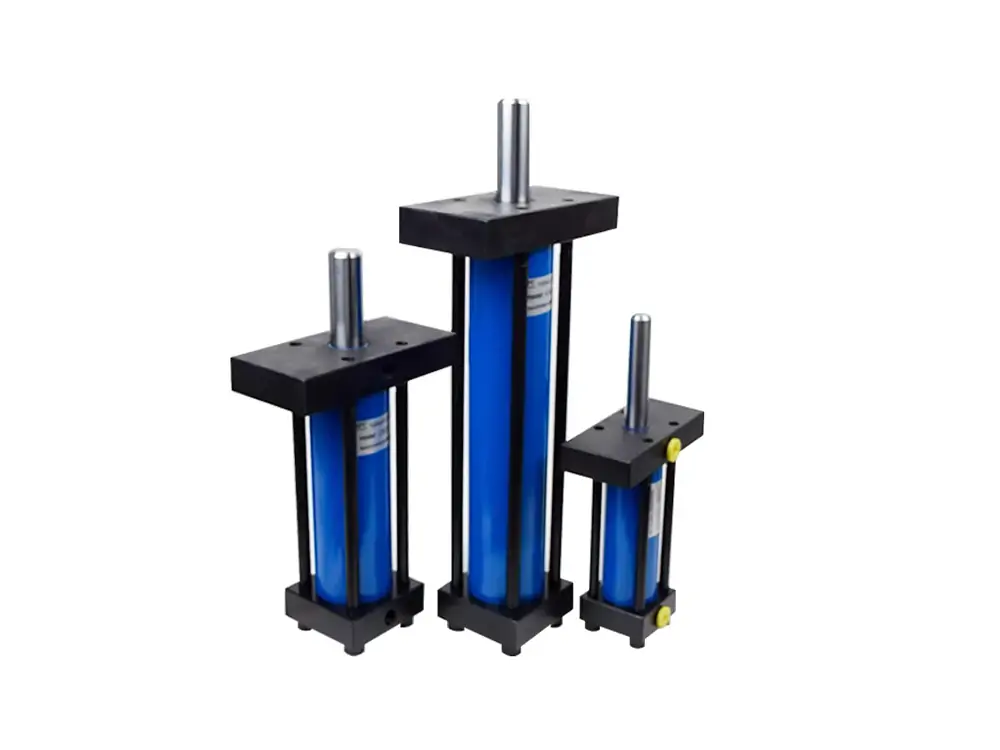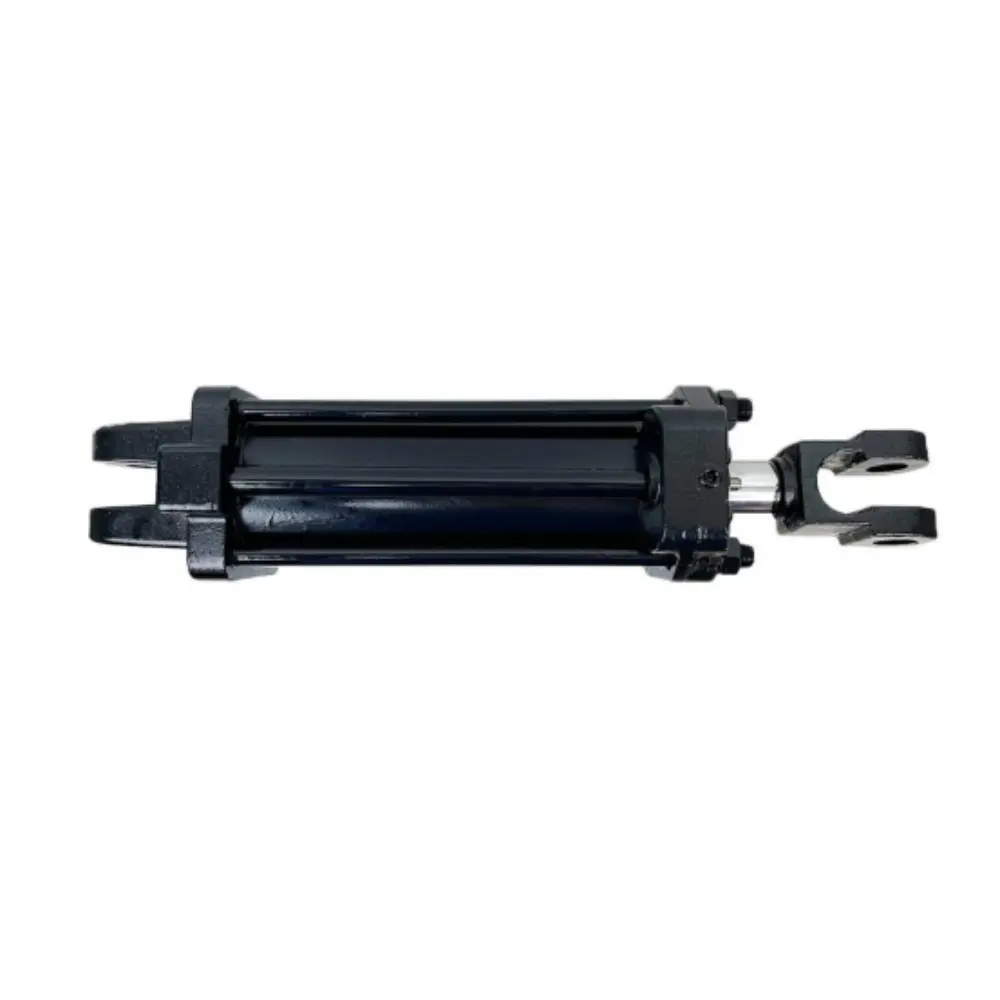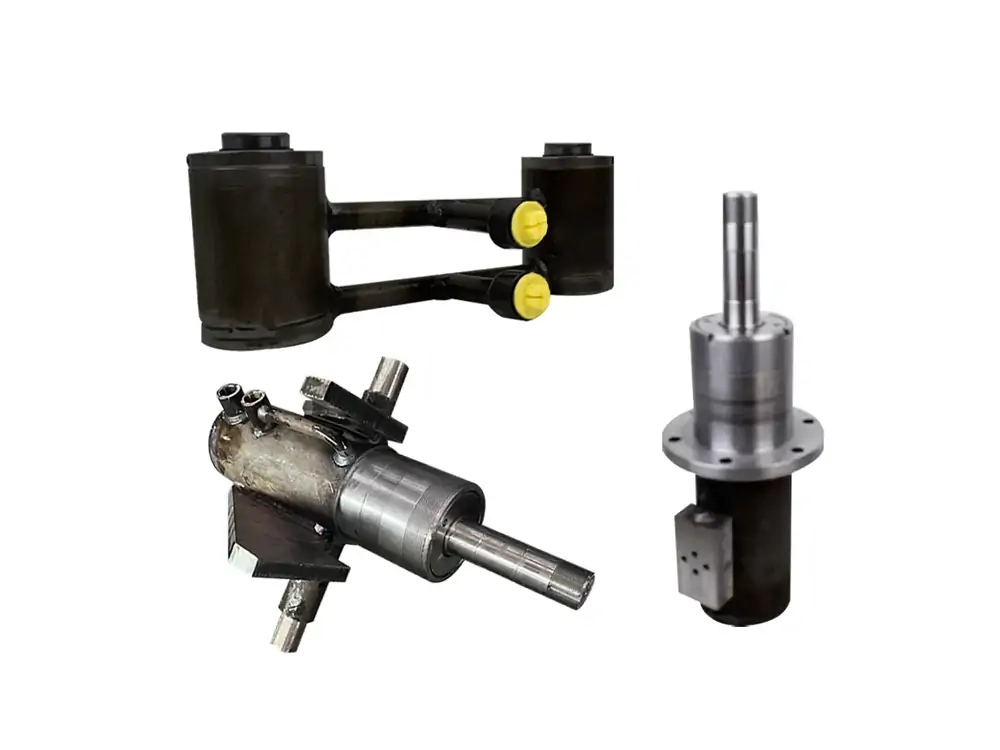Are you ready to do the DIY installation of the hydraulic cylinders? Congrats! You can fetch the instant installation with quick and easy tricks.
Grab some excellent tools and empower your system. The high-power system can speed up the efficiency of your work and make it more accurate.
Our experts have developed a comprehensive list of phases and steps to fulfill your hydraulic cylinder installation. Let’s discuss them in detail.
How do you install your first hydraulic cylinder?
Installation of the hydraulic cylinders is quick and straightforward if you have the right tools. Remember, it is a hectic task requiring efforts to install various things.
Step 1: Prepare your hydraulic cylinder
Before you install your hydraulic cylinders, shake hands with the necessary tools. But the question is, which tools are crucial for the hydraulic cylinder installation?
Here is the list of must-have tools for the hydraulic cylinders.
- Wrenches
- Sockets
- Pliers
- Screwdrivers
- Torque wrench
- Hydraulic fluid
- Appropriate fittings and hoses
- Lift or hoist (if required)
Now, you can inspect the hydraulic cylinders for any sign of damage. Also, confirm that the area is clean and free of dust or debris. However, you can manually clean up the area.
Step 2: Align cylinder
Alignment is essential. It can cause several problems if inaccurate. For example, you might experience damage to your hydraulic cylinders. Moreover, there are clear signs of irregular working of your hydraulic cylinders.
There are also risks of accidents. So, perfect alignment is essential for accurate results. Position your hydraulic cylinder with the correct holes and mounts on the machinery you want to install.
Step 3: Secure the Cylinder in place
Now is the time to fix your hydraulic cylinder. You can use the nuts and bolts to insert them through the mounting holes in the machinery.
Tighten up the nuts in the mounting with the screws. Ensure the torque matches the manufacturer’s instructions and doesn’t exceed the limits.
Step 4: Connect Hoses
Connection of hoses with the hydraulic cylinder can ensure the smooth flow of fluid and higher results. Connect the inlet and outlet hoses securely. Ensure there is no fluid leakage or risks of any damage to the hydraulic cylinders.
Don’t over-tighten the holes, and come with effective tightening.
Step 5: Bleed System
It is time to clear some air and ensure the accurate flow of fluid. You can do this by engaging with the bleeder systems.
First, open up the valves and you can observe the passage of air. Don’t close it until all the air flows from the bleeder system.
The second way to remove the trapped air is to open the hydraulic system. It will let the fluid flow through the system and remove the trapped air efficiently. This way, you can better manage the hydraulic system and enjoy the smooth functionality.
Step 6: Test Cylinder
Before you give a green signal for the proper functioning, why don’t you recheck it effectively?
Turn on the flow. Move the piston ahead and retract. Can you feel the resistance? Is the movement smooth?
If yes, how is the power generation? The excellent power generation phenomenon promises the accuracy of the whole system. Moreover, you can assess the alignments of the parts. Tighten up all the fasteners or lock the system. Observe the entire functionality and performance of each component. If any part doesn’t perform up to mark, you can replace it efficiently.
Step 7: Perform final checks
Before you start using the hydraulic cylinder, it is time to check the parts:
- Confirm if all the installations are accurate.
- Think of impactful tightening of the nuts and bolts.
- Assess the alignment
- Validate the exact installation of the safety locks.
- Inspect for the cracks and treat your system with better solutions.
- Replace any damaged components with quality ones.
Main Types for the hydraulic cylinder installation
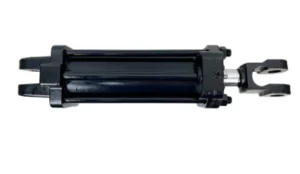
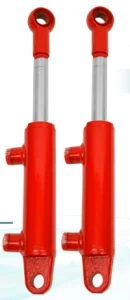
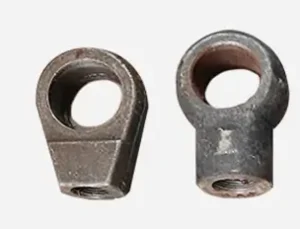
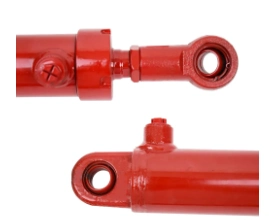
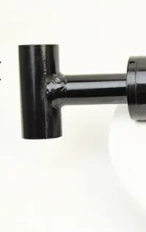
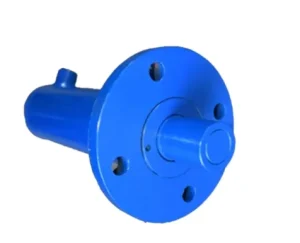
Tips for the hydraulic cylinder installation
Finally, you want to land the hydraulic cylinder installation. Make it hassle-free by ensuring seamless installation. There are some risks of damage and leakage. You can prevent them with the five crucial tips.
-
Use thread sealant on connections
Whether you have made the hose connection or connected the different parts of the hydraulic cylinders, get the quality thread for the sealing. Apply it to the connections. But avoid the oversealing. It can contaminate the hydraulic cylinders and cause serious issues related to the operation of the hydraulic cylinder.
Moreover, the function of hydraulic cylinders should be rechecked after the installation.
-
Avoid contamination of the system.
Hydraulic Cylinder contamination invites leaks. With the viscosity changes of the hydraulic fluids, you can observe the seal breakage that leads to fluid losses.
What if you avoid it beforehand? That is possible with the efficient cleaning of the hydraulic systems. Don’t let the dust or debris stay in your system. Remove every possible dust particle with regular cleaning tasks.
-
Verify pressure ratings
Mismatched components with different pressures are a big trouble. They can cause component failure and accidents. Read the manufacturer’s manual for the pressure ratings. If there is any discrepancy in the rating, you can confirm it beforehand.
-
Lubricate moving parts
Moving parts are under friction. To provide free movements and avoid friction damage, you must lubricate them. The lubrication ensures the smooth movement of the components, leading to proper functionality and reduced damage due to friction.
-
Check alignment
Whenever you run the hydraulic cylinder, it fails. Have you ever wondered about the reason behind failure? This is often due to improper alignment of the hydraulic cylinder components.
Recheck the component and do the alignment again. If there is still a problem in the alignment, you can get it corrected before then.
Conclusion
A hydraulic system is an irreplaceable choice for your heavy-duty machinery. What if it gets damaged earlier? This can happen due to the low quality of hydraulic cylinders. So, where can you grab the premium quality hydraulic systems?
Don’t worry; contact top-notch hydraulic cylinder manufacturers like QuanYe Hydraulic Cylinder. We have premium quality hydraulic cylinders with tested and verified hydraulic cylinders. Customize your power and enjoy the compatible solutions right away!

